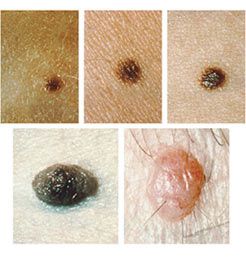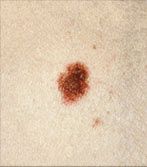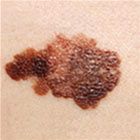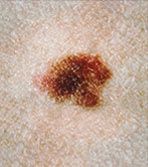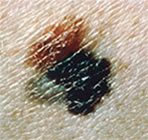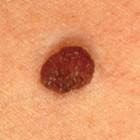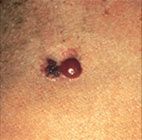Cancerous Moles: How To Tell If Your Moles Have Gone Bad [SLIDESHOW]
Moles are common and, even though they're most prevalent in fair-skinned people, nearly everyone has a few. Generally, they are harmless skin growths resulting from a high concentration of natural skin pigment. In most cases, moles never cause a problem and simply remain a benign aspect of a person's skin.
But in some cases, a mole may indicate skin cancer. Melanoma, for instance, is one type of skin cancer that is potentially dangerous as it can invade nearby tissues and spread to other parts of the body, such as the lungs, liver, bone, or brain. The earlier that melanoma is detected and removed, the more likely treatment will be successful.
"There is no age for when moles magically turn bad, this is why regular skin checks are important," says Dr. Angela Lamb, M.D., director of the Westside Mount Sinai Dermatology Faculty Practice.
It is important to learn about the different types of skin moles, medically referred to as 'nevi,' in order to evaluate whether one may be cancerous. Certain symptoms may indicate the development of atypical moles (dysplastic nevi). Follow the ABCDE rule to decide if a doctor should inspect your skin:
- Asymmetry. The shape of one half does not match the other half.
- Border that is irregular. The edges are often ragged, notched, or blurred in outline. The pigment may spread into the surrounding skin.
- Color that is uneven. Shades of black, brown, and tan may be present. Areas of white, gray, red, pink, or blue may also be seen.
- Diameter. There is a change in size, usually an increase. Melanomas can be tiny, but most are larger than 6 millimeters wide (about .25 inch wide).
- Evolving. The mole has changed over the past few weeks or months.
